World’s Only DC-3 on Floats Returns to the Skies
Vintage Aviation News
SEPTEMBER 19, 2024
. “It’s heavier, it has a lot more drag, but it still flies like a DC-3,” he begins. ” Many commenters on social media wondered about the drag and weight, and Eric says that the empty weight of the airplane is over 20,000 pounds, making it a very heavy DC-3. .”


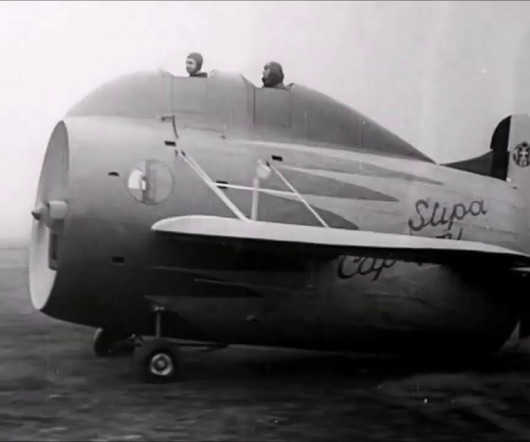


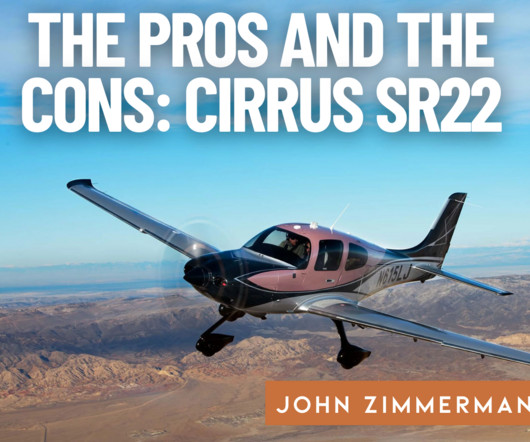
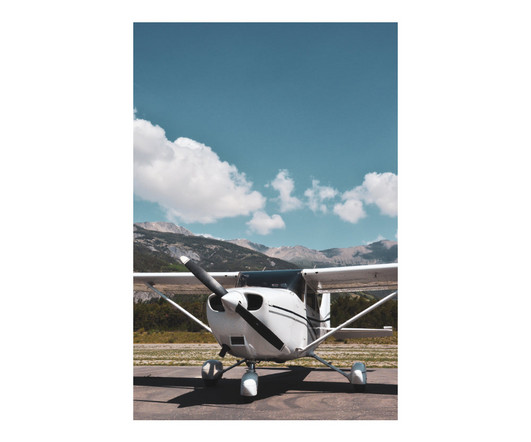
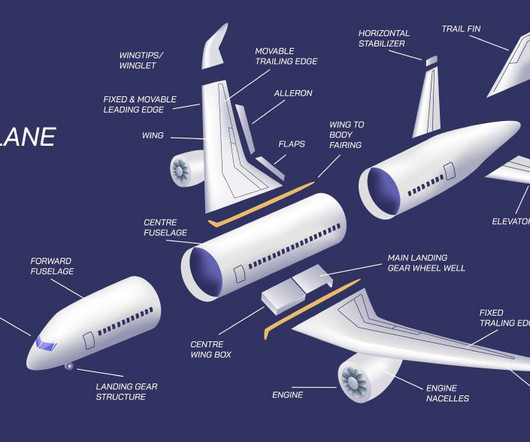

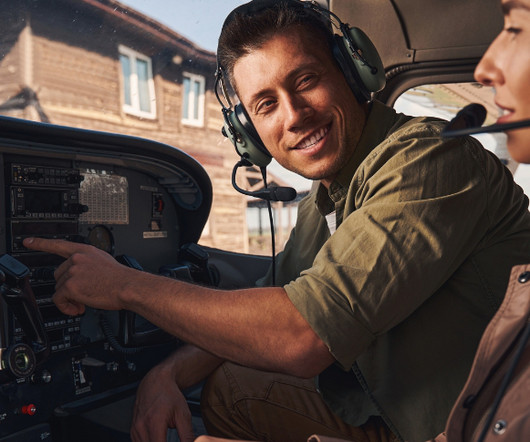
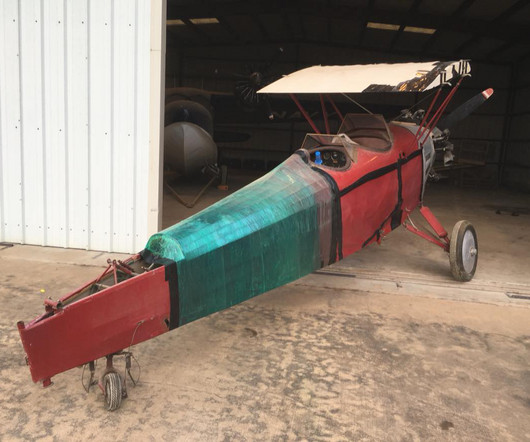
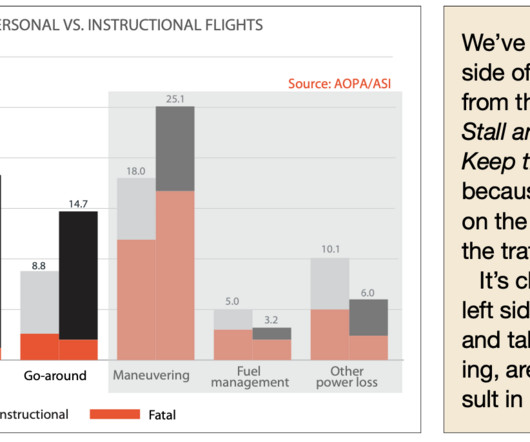
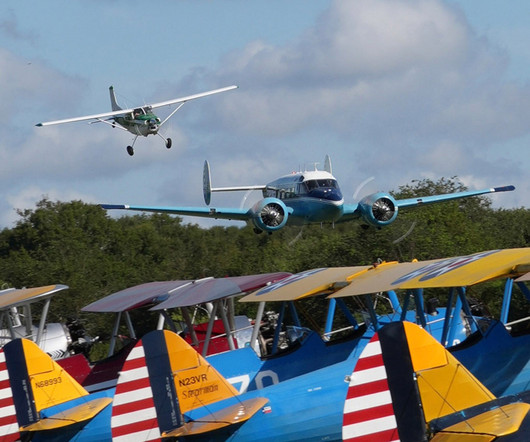
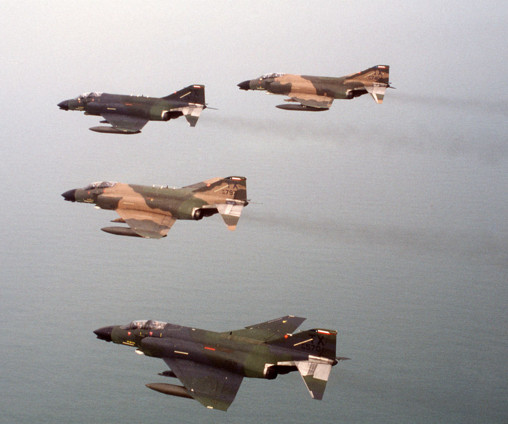
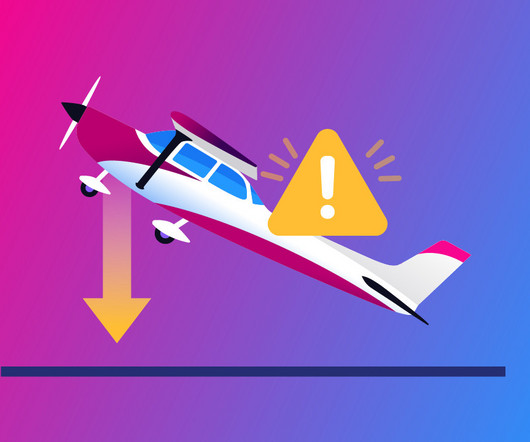
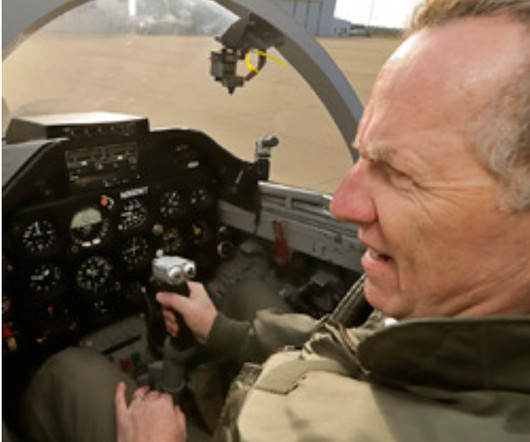


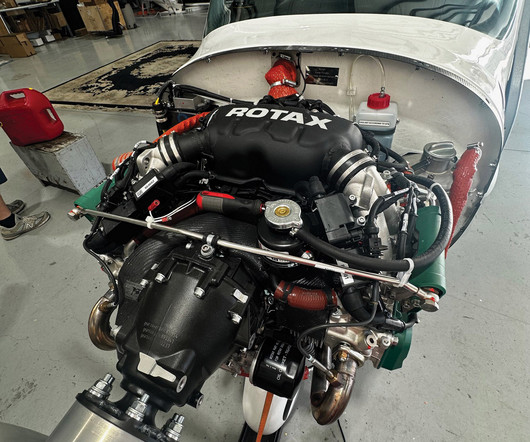







Let's personalize your content